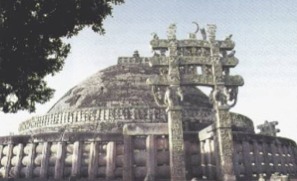Sign up for FlowVella
Sign up with FacebookAlready have an account? Sign in now
By registering you are agreeing to our
Terms of Service
Loading Flow


Asoka, Chandraguptas grandson, believed in ruling differently. Asoka rejected his grandfathers brutal methods. Asoka turned to Buddhism. He sent missionaries to spread the word of Buddhism. Asoka made his own laws. These laws were scattered in more than 30 places in India, Nepal, Pakistan, and Afganistan. Asoka had many accomplishments in getting these laws scattered so people would see them. After ruling 40 years Asoka died and the empire declined.
Maurya Empire, Chandragupta, and Asoka the Great
The Maurya Empire gained power in the Ganges river valley. Later on they will conquer most of northern India then to the Deccan Plateau. The capital of the empire was Pataliputra. The first ruler of the Maurya Empire was Chandragupta. Chandragupta collected taxes and built roads that allowed trade to flourish. The government system was, bureaucracy, this means state officials made decisions not elected representatives. The empire had various contributions such as India had finally united for the first time, Pataliputra was one of the largest cities of its time, schools and libraries were built, and the spread of Buddhism after Asoka became the leader.
